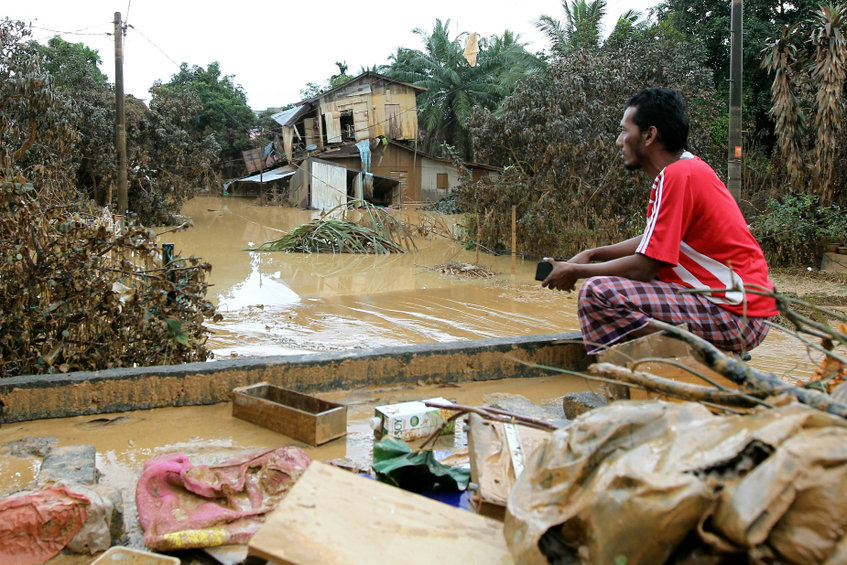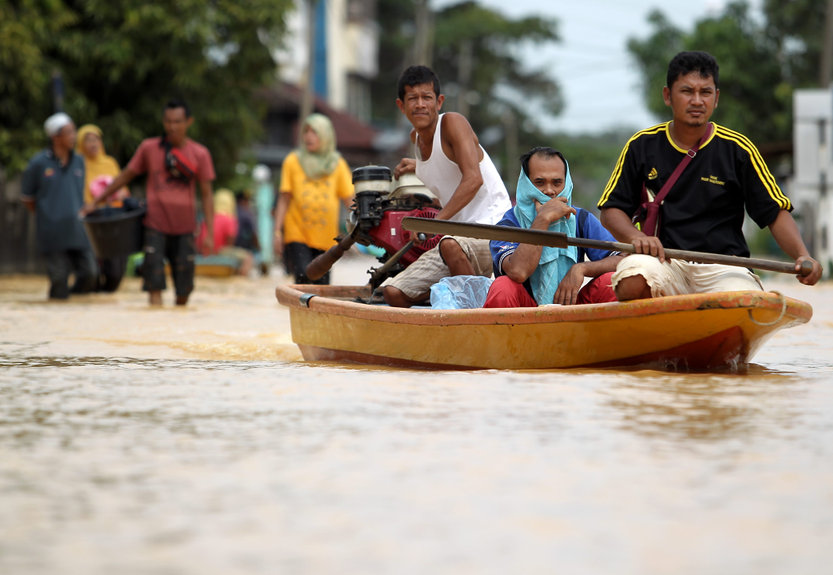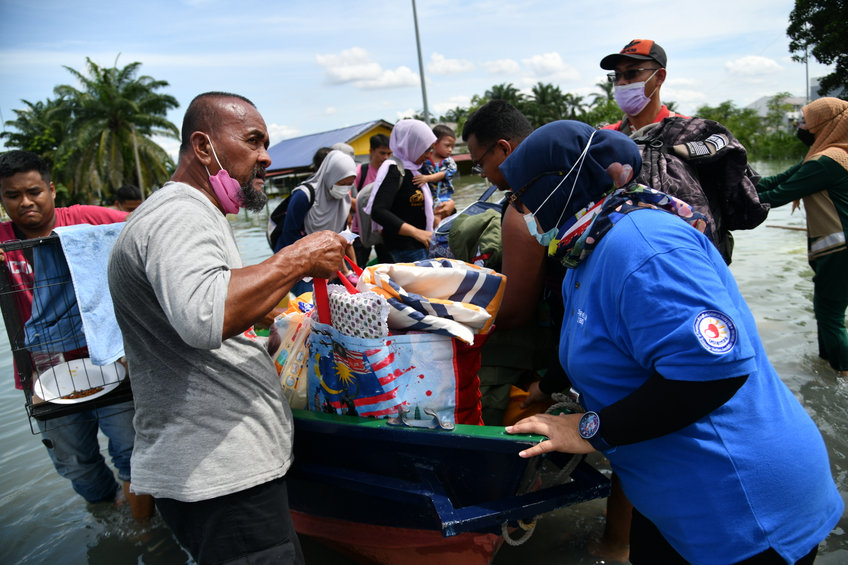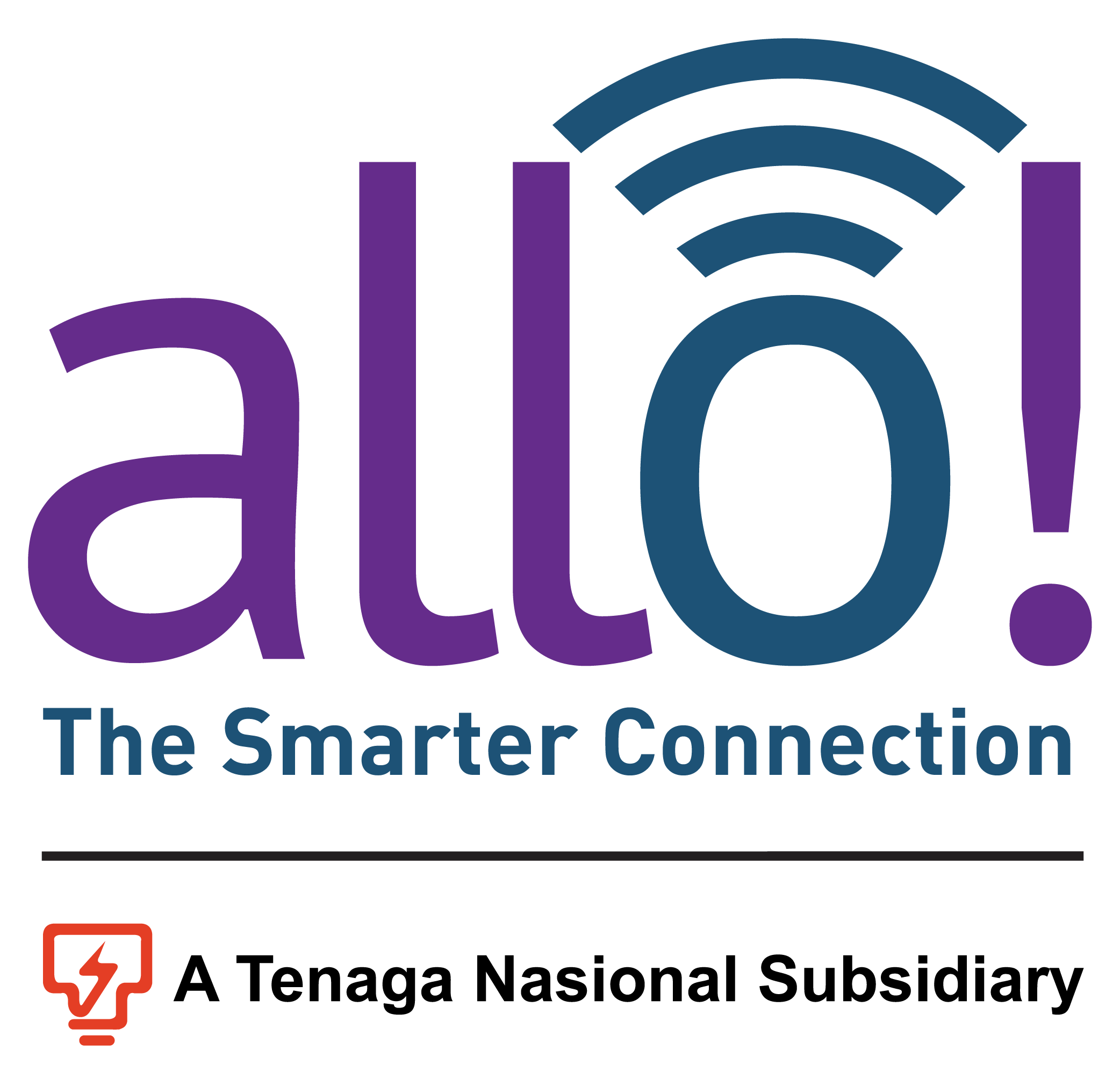BLOG
The Role of Connectivity in Saving Lives During a Natural Disaster

Climate change has emerged as a global environmental issue that dominates the international agenda. The current climate crisis has resulted in more Malaysians being displaced from their homes owing to flooding and heavy storms. And according to experts, such events are expected to happen more frequently in the future.
Submerged houses and cars, floating furniture, reptiles freely swimming in the homes: these were some of the dreadful scenes that were observed from the most recent floods in Malaysia, which left 54 people dead as of 5th January 2022 and affected more than 125,000 people by the end of 2021.
If you think this sounds apocalyptic, you have not yet seen the worst of climate change. The recent floods were proof of how vulnerable people and governments are. As extreme weather reports continue to make headlines, the critical role of first responders and humanitarian organisations becomes more important.
We are very fortunate to live in a highly connected world. Mobile devices and the internet are invaluable resources in times of both natural and man-made disasters. Read on to understand how connectivity has helped save lives in natural disasters.
The Role of Connectivity in Saving Lives
When a natural disaster strikes, there is very limited time to make adequate preparations or evacuate. Amidst the chaos, phone networks become overloaded or go down, power goes out, and people in desperate need of urgent help are left disconnected.
Natural disasters such as floods and heavy storms, in most times, can only be detected but not prevented. A range of emerging technologies are turning around the way people respond to emergencies. By enabling the exchange of information during emergency situations, connectivity helps minimise losses. Here are ways connectivity has helped save lives during natural disasters in Malaysia.

Keeping communities informed in advance of imminent danger
Malaysia has an early warning system that informs communities in advance of imminent danger, such as floods, earthquakes, and storms. The government uses short message services and other technologies to educate the public on the risks of a potential disaster, how to raise alerts, and how to respond while waiting for assistance.
Early warning systems are important because they give people time to flee from an area and enable the government and other related authorities to shelter large numbers of people in advance of flash floods or heavy storms. Furthermore, people can save some of their property. For example, people living in the area could reinforce their rooftops and shutter windows. Hospitals and other care facilities are also given ample time to prepare to receive many patients.

Coordination of evacuations
The most powerful tool during a natural calamity is what almost every person has: a smartphone. The raging floodwaters left many people trapped in their homes and cars. Technology played a central role in search and rescue operations aimed at saving as many lives as possible.
Connectivity technology helped save many lives in the recent Malaysian floods by enabling people to stay connected to their loved ones during the floods. The effectiveness of emergency response teams relies on real-time information. During such natural calamities, humanitarian organisations and government entities leverage the power of social media to evacuate as many people as possible in the shortest amount of time.
Social media platforms such as Twitter have also helped people share essential information such as helpline numbers. The combined effort of using social media, drones, and overall connectedness means more information flow between the people on the ground and the rescue teams.
Collecting and distributing aid for victims
One of the main challenges that first responders face when responding to natural disasters is getting help to everyone. Sometimes, victims of natural disasters are located in very remote areas. Connectivity technology makes it easier for rescue teams to provide emergency aid such as food, medical assistance and clothes to alienated people.
A case in point, people can use their smartphones to communicate with their friends and relatives and government agencies about their location and the nature of their injuries. Using such data, first-responders can send their teams on the ground or use drones to deliver timely assistance, thus saving lives.
Connectivity makes real-time coordination a reality, helping disseminate mission-critical information to the right people and at the right time. Connectivity technology also enables government and humanitarian organizations to leverage the power of crowdsourcing to derive data from social media platforms to aid in better disaster management.
Connectivity Will Continue to Play an Important Role in Any Crisis that Residents May Face
Given the current climate change phenomenon, it is becoming harder by the day for climatologists to give adequate predictions of the weather. Whereas floods have been a once in a lifetime event in the past, these extreme weather events have been happening frequently over the years. While such natural disasters are common in Malaysia, they are also common in Germany, China, and New York.
While connectivity has played a central role in disaster management, Malaysia plans to raise the bar for tropical flood forecasting. Malaysia has introduced a state-of-the-art national flood forecasting system. In addition to alerting authorities 48 hours before a flood, the new system can raise flood alerts a week in advance.
The move to have an integrated approach is important, as a fifth of the country’s population is said to be at risk of flooding. The impact of flooding has worsened over the years due to rapid urban growth, leading to climate change.
Conclusion
No government in the world can completely eliminate the risk of natural disasters. However, incorporating the right technology coupled with support from top leadership can help lower the risk and impact of such disasters. A new generation of connectivity technology is assisting the Malaysian government take control over major flooding events. This will help the country to step up its sustainable goals.
At Allo, we work hard to expand quality connectivity throughout the nation, especially in suburban areas to ensure Malaysians are constantly connected to disaster mitigation services throughout the country. Our team is ready to provide the support you require. Contact us today for more information.
